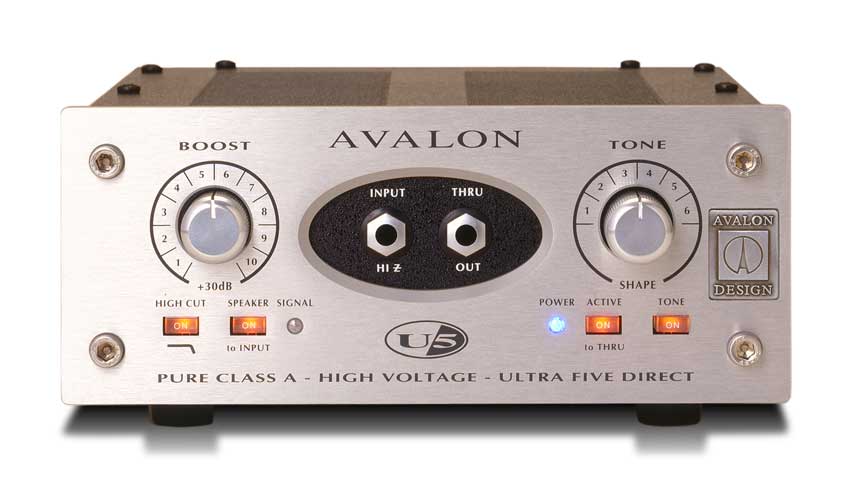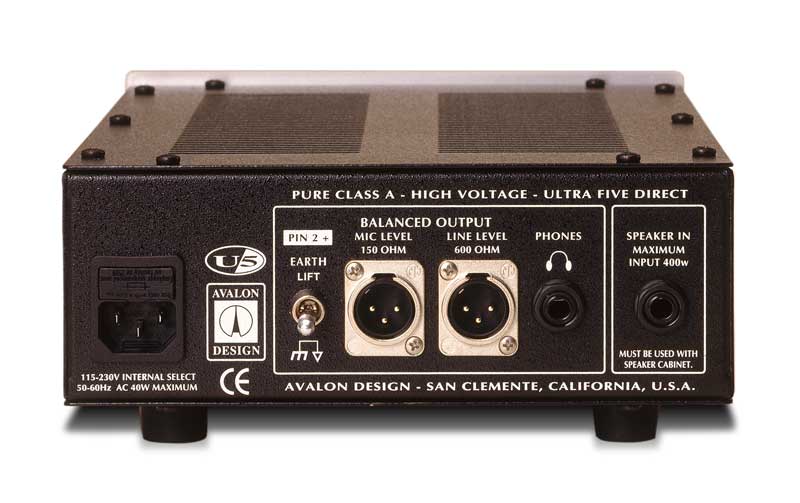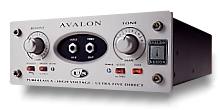
|
REVIEWS: from SLAMM Magazine |
|||||
|
U5 Direct Box
Direct or DI Musical instruments, effects and other musical tools can be odd beasts to describe, both in terms of use, design aesthetics and the daunting task of illustrating what something actually sounds like. For myself, the hardest thing is justifying an item's expense to a readership that is arguably comprised at least in part, by baloney-sandwich-eating-best-friend's-couch-sleeping-girlfriend's-car-driving-day-job-avoiding-dirty-jeans-wearing artistic types like myself (well sort of, I'm married and my best friend knows better than to have a couch, but I digress). Regardless, price can be a difficult thing to quantify, particularly when it comes to something like a $600 direct box. (Direct Injection) boxes are used to take a signal, usually from a bass, keyboard or guitar, and deliver it (directly) to a PA, recording console or multi-track recorder, bypassing the need for amplifiers and microphones. The benefit of this is a clean signal with no external noises, either from you or the outside world. The drawback can be in having no precise control over volume, tone, and other characteristics that make your instrument's sound so unique. The U5 This is where the Avalon Design U5 Direct Box ($595) comes in. The U5 is a Class A DI & preamp that provides a variety of interfacing solutions for virtually any situation. It's stylish cheekbones are inherited from the rest of the handsome Avalon product line, with a brushed stainless steel faceplate featuring solid and chunky Boost and Tone knobs, and a recessed black oval providing easy access to it's 1/4 inch Input and Thru jacks. The small blue Signal & Power LEDs are a nice touch, and buttons for High Cut, Speaker to Input, Active to Thru and Tone all take on a satisfying orange glow when engaged. The back of the unit features space for the power cord (no wall warts here!), a ground lift switch and a 1/4 inch Speaker In jack, as well as XLR outputs for both Mic and Line levels. There's even a headphone jack for those 3 am moments of inspiration. The housing of the unit is 2 rack spaces high, a half rack wide and about a foot deep, weighing in at a hefty 12 pounds, providing an awesome body to go with those good looks.
Electric guitar Moving over to electric guitar produced a similarly rewarding experience in capturing that instrument's full tonal range, including excellent harmonic content that I found was usually dampened by previous signal paths. However, I'm not much for the sound of direct guitar, so I ran the guitar track through an amp simulation plug-in with killer sounding results. Exploring further, I connected the guitar to an amp, running a cable from it's external speaker jack to the Speaker In jack of the U5, and engaging the U5's Speaker Signal button and disengaged the tone button. Damn if it didn't sound remarkably like my amp! Of course speakers are a big part of the amp sound equation, so I turned the tone back on and was able to find an eq setting that made for a very suitable amp simulator. Acoustic guitar Acoustic guitar pickups can be very problematic, with a typically plastic-sounding tone, but I was again able to make a bad situation considerably better with the U5. I also checked it out on keyboards, samples and a drum machine, and found that a whole new palette of tones could be achieved just by selecting various eq settings. These findings made me feel a lot more comfortable with the U5's price, considering it's ability to adapt to studio and live performance situations quickly and easily, with always impeccable sounding results.
U5 Specifications
Circuit Topology 100% discrete, high-voltage Class A
2 U5's with RM-2 rackmount kit
Back to Reviews Index & User List | |||||
Tel: +1 949 492
2000
©2023 Avalon Design USA LLC



